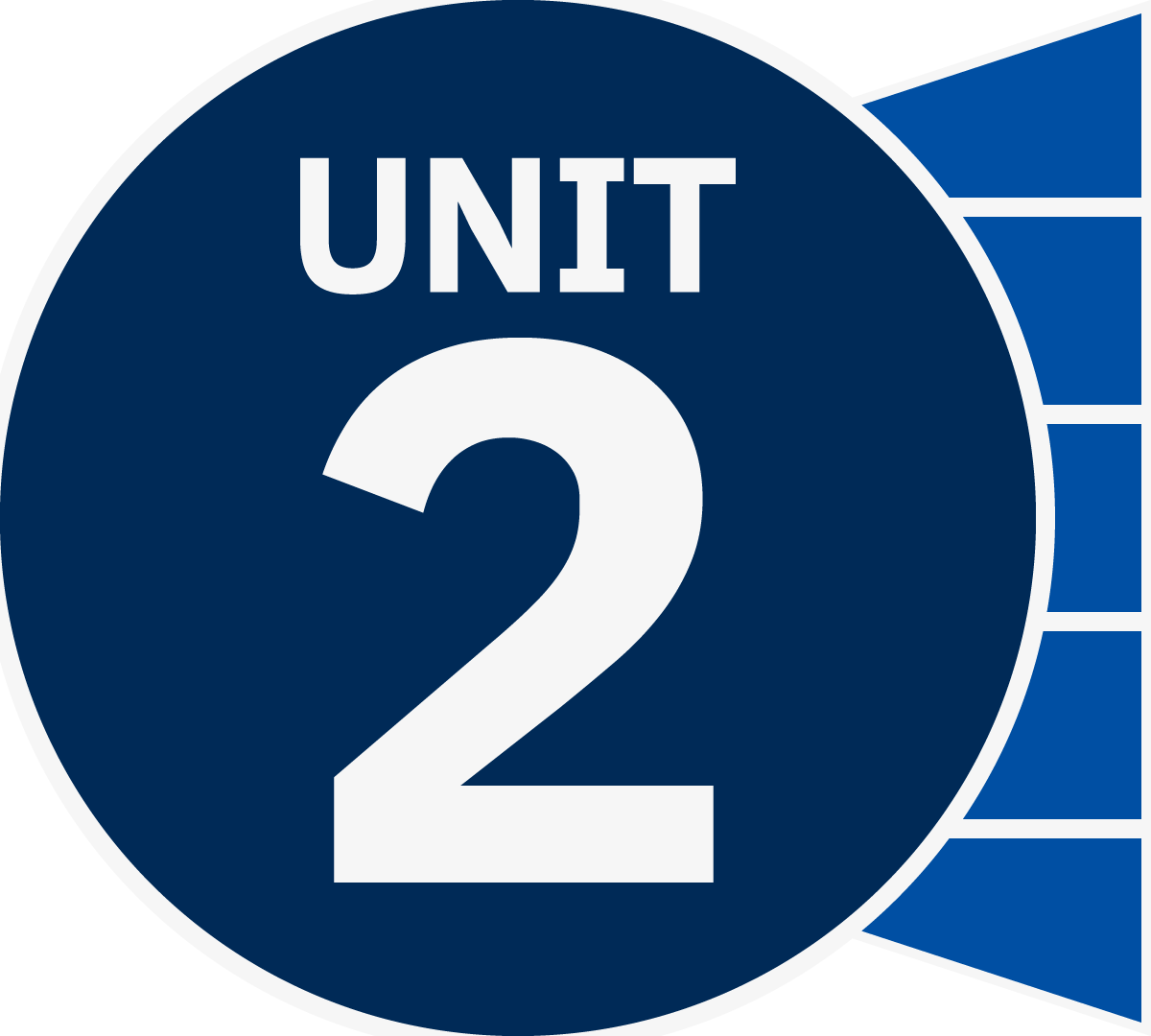Inquiry Companion: Unit 2
Inquiry Guide Activity
- Unit 2, Lesson 10: Why Was Representation a Major Issue at the Philadelphia Convention?
- Unit 2, Lesson 12: How Did the Delegates Distribute Powers between National and State Governments?
- Unit 3, Lesson 14: How Did the Framers Resolve the Conflict between the Northern and Southern States?
- Active learning
- Attentiveness to political matters
- Corroboration
- Critical thinking
- Incorporating evidence
- Political tolerance
- Primary-source analysis
- Reading
- Relationship skills
- Writing
- Identify the Three-Fifths Compromise in the U.S. Constitution
- Examine the Framers’ debate about representation
- Analyze primary-source documents on the Three-Fifths Compromise
- Use the Exit Ticket to answer our inquiry question
- Could the Constitution have been drafted without the Three-Fifths Compromise?
- apportioned To divide and share according to a plan.
- suffrage The right to vote.
Part 1
- Welcome students to social studies.
- Introduce the inquiry question: “Could the Constitution have been drafted without the Three-Fifths Compromise?”
- Allow students time to make a prediction about the inquiry question and offer their own supporting questions.
- Facilitate a brief discussion by asking the following questions:
- What is a representative government?
- Possible responses may include the following: Representative government is a form of government in which elected officials will represent, lead, and act on behalf of the citizens of a distinct community, such as a nation. The elected officials, chosen by the voters, will lead the government based on the concerns and opinions of the citizens of their community.
- Can you identify examples of representative government in your life?
- Possible responses may include the following: local or state Board of Education, student council, class representative, county council, Boy/Girl Scout troop leader.
- What is a representative government?
- Tell students they will begin investigating the Framers’ ideas about representative government by exploring several primary-source documents.
- Distribute the Unlocking Article I, Section 2 organizer, and review expectations for completion.
- As a class, read Article I, Section 2.
- Have students write what they believe Article I, Section 2, says in their own words in the box provided. Coach students to use context clues within the passage related to representative government.
- Working in trio teams, students will share their rephrased statement and then discuss the article's purpose to complete the final box together.
- Play Three-Fifths Compromise: Black History Month, Part 9 on the Three-Fifths Compromise. As students watch, they should listen for the Three-Fifths Compromise. Tell students that this will serve as a way to corroborate their original interpretation of the Unlocking Article I, Section 2 organizer.
- Consider sharing the video a second time to ensure students can identify the reasoning behind the clause to create proportional representation in the House of Representatives and pause to observe the graphic that shows three out of five people would be counted.
- Ask students if the purpose they identified in their group discussions matches that of the video. Clear up any misunderstandings as needed. They may be confused because the video only mentions representation and not taxes. Ensure students also identify in their groups that the clause was used for representation and taxes.
Part 2
- Conduct a close read of Federalist 54. A close-reading activity encourages students to focus on what the author says, what the author’s purpose is, and the words' meaning.
- Note: Explain to students that Federalist 54 is a primary source document, written using the acceptable language of the time. Today, we would replace the word ‘slave’ with ‘enslaved person’ to honor the human life of that individual.
- Share the following background with the students:
- The Federalist Papers were written under the collective pseudonym of Publius by James Madison, Alexander Hamilton, and John Jay in defense of the ratification of the U.S. Constitution in New York. Federalist 54 was published on February 12, 1788, and is said to have been written by either Madison or Hamilton to explain why the Three-Fifths Compromise was needed for representation and taxation.
- For the first round of close reading, the teacher should read the text out loud while students follow along.
- For the second round of close reading, students will annotate the text using the symbols in the Annotation Station, including the following:
- ❍ Circle words you don’t know, and take a moment to find the definition.
- Highlight in YELLOW phrases that confuse you. Use context clues to try and figure out their meaning.
- Highlight in GREEN examples of the author’s claim as to why the Three-Fifths Compromise was required.
- ✩ Star the items that make you wonder and wish to explore further.
- Model sections 1 or 2 for the whole class before having students finish the rest of the text. Students can work in teams of three for additional support if needed.
- For the third round of close reading, have students summarize each section of Federalist 54 in their own words. Model sections 1 or 2 for the whole class before having students finish the remaining sections. Students can work in teams of three for additional support if needed.
- Provide students an opportunity to debrief Federalist 54 by sharing their summaries. An answer key has been provided.
- Facilitate a class discussion by asking the following questions:
- Did the Three-Fifths Compromise create an imbalance in power among the states?
- Possible responses may include the following: Pro-slavery states had a disproportionate influence on the presidency, the Supreme Court, and other positions of power.
- Ultimately, which group of individuals were disenfranchised due to the Three-Fifths Compromise?
- Possible responses may include the following: People of African descent who were enslaved were disenfranchised.
- Why do you think the Three-Fifths Compromise purposefully does not mention the word slavery?
- Possible responses may include the following: While many Framers were enslavers themselves, they did not want the term to be included in the Constitution. However, many provisions were put into place to protect the institution of slavery, such as the Three-Fifths Compromise.
- Who benefited from the Three-Fifths Compromise?
- Possible responses may include the following: Pro-slavery states benefited, as they could include enslaved people in their population counts, and in turn, this calculation would give them more seats in the House of Representatives and thus more political power.
- Do the ideas of the Three-Fifth Compromise influence representation today?
- Possible answers may include the following: Gerrymandering, voter suppression, the undercounting of undocumented individuals in Census data, and the disenfranchisement of incarcerated individuals.
- Did the Three-Fifths Compromise create an imbalance in power among the states?













